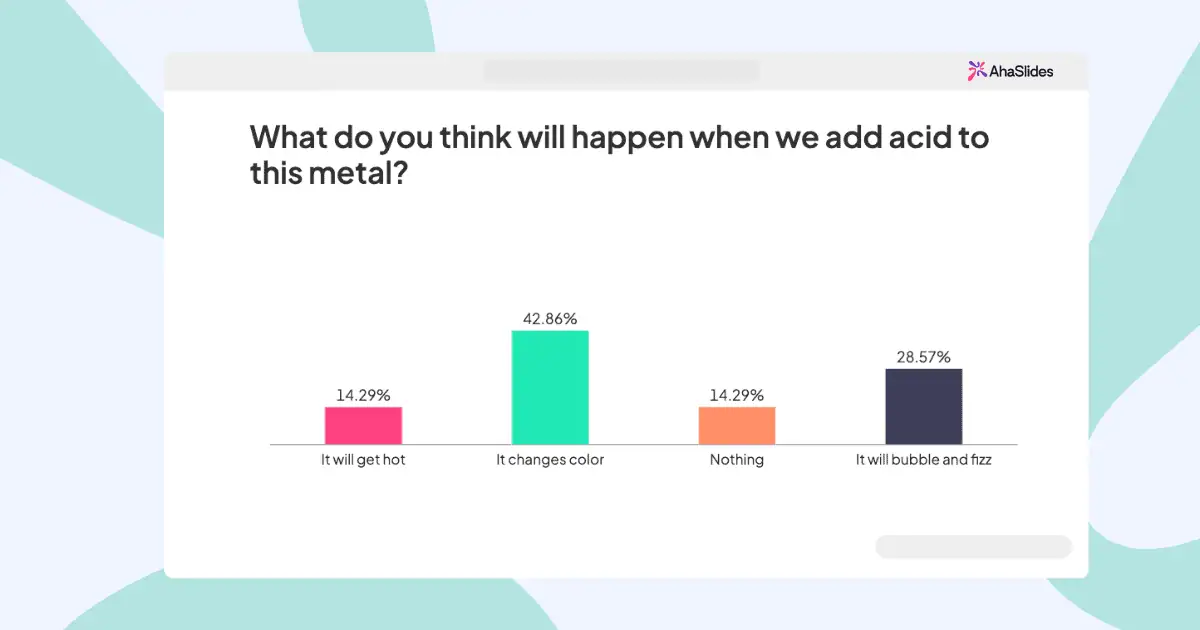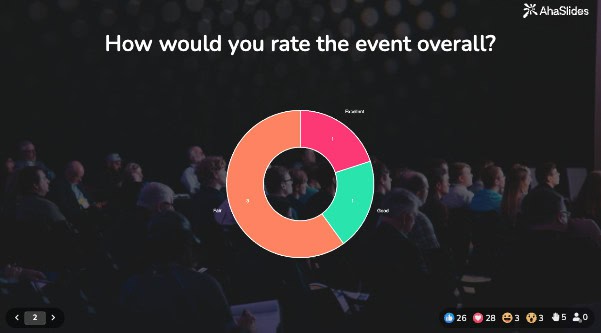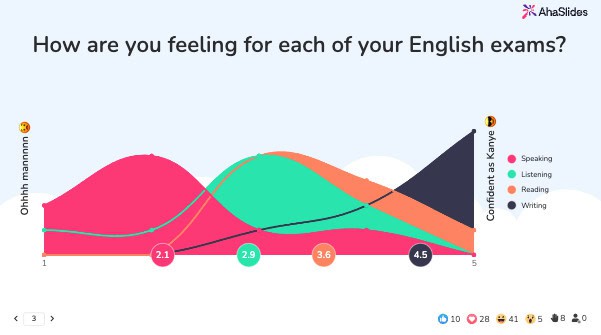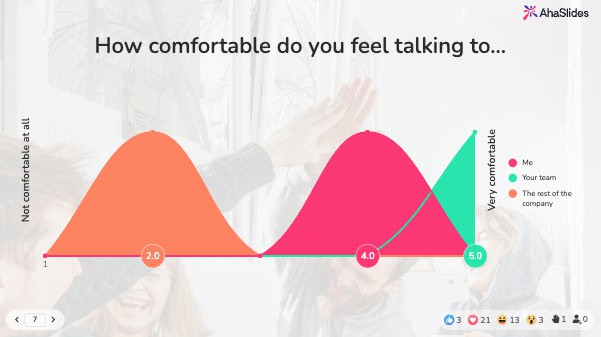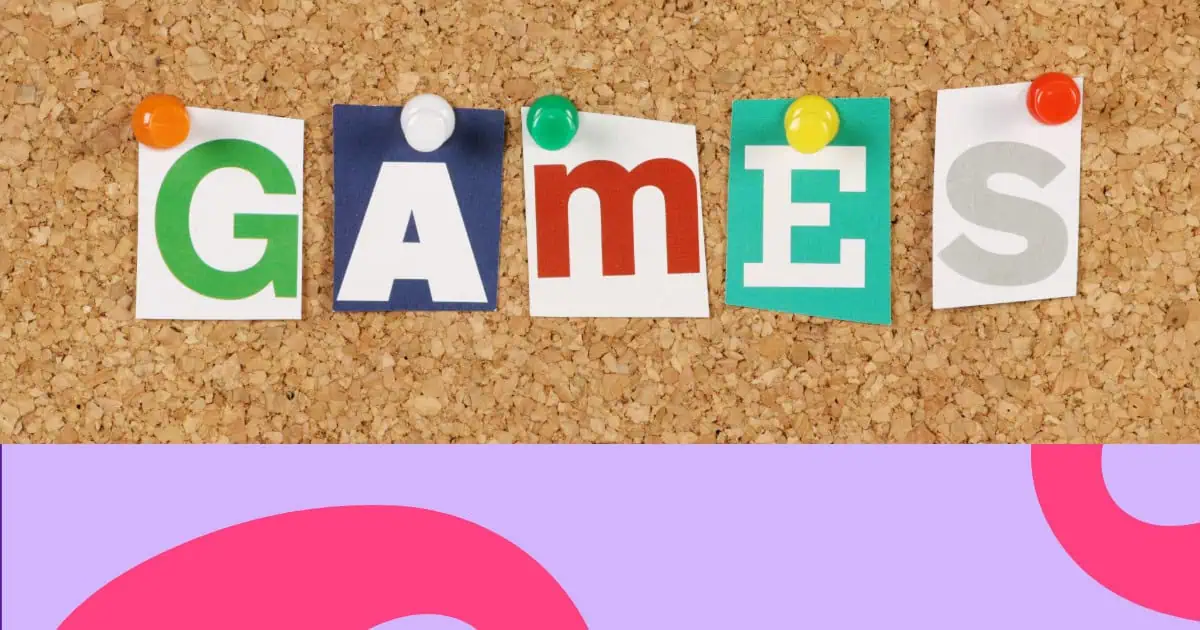Questões de múltipla escolha (MCQs) são formatos de consulta estruturados que apresentam aos respondentes uma resposta (pergunta ou afirmação) seguida de um conjunto de opções de resposta pré-determinadas. Ao contrário das perguntas abertas, as MCQs restringem as respostas a escolhas específicas, tornando-as ideais para fins padronizados de coleta de dados, avaliação e pesquisa. Quer saber qual tipo de pergunta é mais adequado para o seu propósito? Junte-se a nós para explorar 10 tipos de questões de múltipla escolha, juntamente com os exemplos abaixo.
Conteúdo
- O que são perguntas de múltipla escolha?
- 10 Tipos de Questões de Múltipla Escolha + Exemplos
- 1. Perguntas de seleção única
- 2. Perguntas da escala Likert
- 3. Perguntas de seleção múltipla
- 4. Perguntas sim/não
- 6. Perguntas sobre escala de classificação
- 7. Perguntas de classificação
- 8. Questões de Matriz/Grade
- 9. Perguntas baseadas em imagens
- 10. Perguntas Verdadeiro/Falso
- Bônus: Modelos de MCQs simples
- Melhores práticas para criar perguntas de múltipla escolha eficazes
- Como criar perguntas de múltipla escolha simples, mas eficazes
O que são perguntas de múltipla escolha?
Em sua forma mais simples, uma pergunta de múltipla escolha é uma pergunta apresentada com uma lista de possíveis respostas. Portanto, o respondente terá o direito de responder uma ou mais opções (se permitido).
Devido às informações/dados rápidos, intuitivos e fáceis de analisar das perguntas de múltipla escolha, elas são muito usadas em pesquisas de feedback sobre serviços empresariais, experiência do cliente, experiência em eventos, verificações de conhecimento, etc.
Por exemplo, o que você acha do prato especial do restaurante hoje?
- R. Muito delicioso
- B. Nada mal
- C. Também normal
- D. Não é do meu gosto
As questões de múltipla escolha são fechadas porque as escolhas dos respondentes devem ser limitadas para facilitar a escolha dos respondentes e motivá-los a querer responder mais.
Em seu nível fundamental, uma questão de múltipla escolha consiste em:
- Uma pergunta ou declaração clara e concisa que define o que você está medindo
- Várias opções de resposta (normalmente 2 a 7 opções) que incluem respostas corretas e incorretas
- Formato de resposta que permite seleções únicas ou múltiplas com base em seus objetivos
Contexto Histórico e Evolução
As questões de múltipla escolha surgiram no início do século XX como ferramentas de avaliação educacional, pioneiras por Frederick J. Kelly em 1914. Originalmente projetadas para a classificação eficiente de exames em larga escala, as MCQs evoluíram muito além dos testes acadêmicos para se tornarem ferramentas fundamentais em:
- Pesquisa de mercado e análise do comportamento do consumidor
- Feedback dos funcionários e pesquisas organizacionais
- Diagnóstico médico e avaliações clínicas
- Pesquisas políticas e de opinião pública
- Desenvolvimento de produtos e testes de experiência do usuário
Níveis cognitivos no design de MCQ
Questões de múltipla escolha podem avaliar diferentes níveis de pensamento, com base na Taxonomia de Bloom:
Nível de Conhecimento
Testando a recordação de fatos, termos e conceitos básicos. Exemplo: "Qual é a capital da França?"
Nível de compreensão
Avaliar a compreensão das informações e a capacidade de interpretar dados. Exemplo: "Com base no gráfico mostrado, qual trimestre teve o maior crescimento de vendas?"
Nível de aplicação
Avaliar a capacidade de usar informações aprendidas em novas situações. Exemplo: "Dado um aumento de 20% nos custos de produção, qual estratégia de preços manteria a lucratividade?"
Nível de Análise
Testando a capacidade de decompor informações e entender relacionamentos. Exemplo: "Qual fator provavelmente contribuiu para o declínio nas pontuações de satisfação do cliente?"
Nível de síntese
Avaliar a capacidade de combinar elementos para criar um novo entendimento. Exemplo: "Qual combinação de recursos atenderia melhor às necessidades identificadas do usuário?"
Nível de Avaliação
Testar a capacidade de julgar valor e tomar decisões com base em critérios. Exemplo: "Qual proposta equilibra melhor custo-benefício com sustentabilidade ambiental?"
10 Tipos de Questões de Múltipla Escolha + Exemplos
O design moderno de MCQ abrange vários formatos, cada um otimizado para objetivos de pesquisa específicos e experiências dos entrevistados.
1. Perguntas de seleção única
- Propósito: Identifique uma preferência primária, opinião ou resposta correta
- Destaques: Dados demográficos, preferências primárias, conhecimento factual
- Opções ótimas: 3-5 escolhas
Exemplo: Qual é sua principal fonte de notícias e eventos atuais?
- Plataformas de mídia social
- Notícias televisivas tradicionais
- Sites de notícias on-line
- Jornais impressos
- Podcasts e notícias em áudio
Melhores práticas:
- Garantir que as opções sejam mutuamente exclusivas
- Ordene as opções de forma lógica ou aleatória para evitar viés
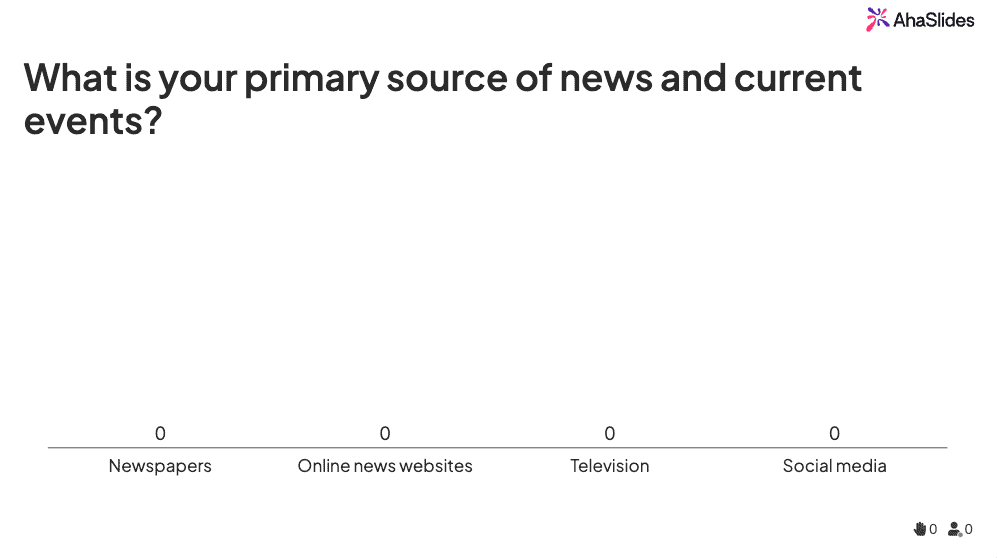
2. Perguntas da escala Likert
- Propósito: Medir atitudes, opiniões e níveis de satisfação
- Destaques: Pesquisas de satisfação, pesquisas de opinião, avaliações psicológicas
- Opções de escala: escalas de 3, 5, 7 ou 10 pontos
Exemplo: Quão satisfeito você está com nosso atendimento ao cliente?
- Extremamente satisfeito
- Muito satisfeito
- Moderadamente satisfeito
- Um pouco satisfeito
- Nem um pouco satisfeito
Considerações sobre o design da escala:
- Escalas ímpares (5, 7 pontos) permitem respostas neutras
- Escalas uniformes (4, 6 pontos) forçam os entrevistados a se inclinarem para o positivo ou o negativo
- Âncoras semânticas devem ser claras e espaçadas proporcionalmente
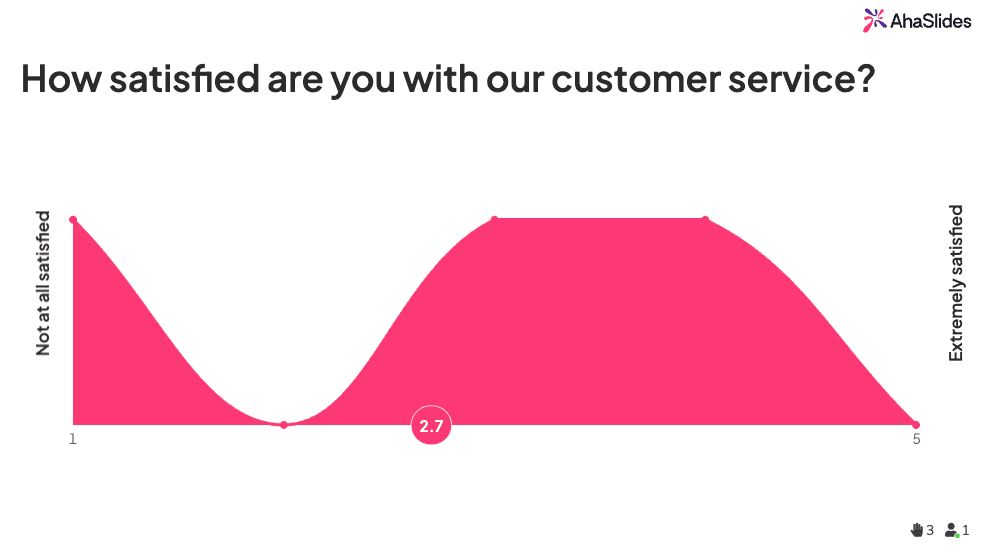
3. Perguntas de seleção múltipla
- Propósito: Capture múltiplas respostas ou comportamentos relevantes
- Melhor para: Rastreamento de comportamento, preferências de recursos, características demográficas
- Considerações:Pode levar à complexidade da análise
Exemplo: Quais plataformas de mídia social você usa regularmente? (Selecione todas que se aplicam)
- Instagram:
- Twitter/X
- TikTok
- YouTube
- Snapchat
- outro (por favor, especifique)
Melhores práticas:
- Indique claramente que múltiplas seleções são permitidas
- Considere a carga cognitiva de muitas opções
- Analise padrões de resposta, não apenas seleções individuais
4. Perguntas sim/não
- Propósito: Tomada de decisão binária e identificação clara de preferências
- Destaques: Perguntas de triagem, preferências simples, critérios de qualificação
- Diferenciais: Altas taxas de conclusão, interpretação clara dos dados
Exemplo: Você recomendaria nosso produto a um amigo ou colega?
- Sim
- Não
Estratégias de melhoria:
- Continue com "Por quê?" para obter insights qualitativos
- Considere adicionar "Não tenho certeza" para respostas neutras
- Use lógica de ramificação para perguntas de acompanhamento
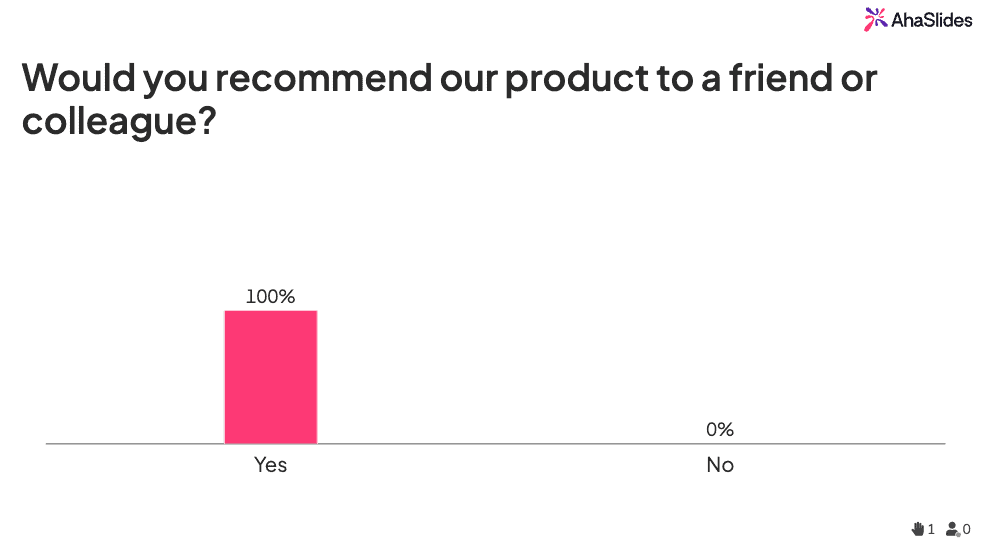
6. Perguntas sobre escala de classificação
- Propósito:Quantificar experiências, desempenho ou avaliações de qualidade
- Destaques: Avaliações de produtos, avaliação de serviços, medição de desempenho
- Opções visuais: Estrelas, números, controles deslizantes ou escalas descritivas
Exemplo: Avalie a qualidade do nosso aplicativo móvel em uma escala de 1 a 10: 1 (Ruim) --- 5 (Médio) --- 10 (Excelente)
Dicas de design:
- Use direções de escala consistentes (1=baixo, 10=alto)
- Forneça descrições claras das âncoras
- Considere as diferenças culturais nas interpretações de classificação
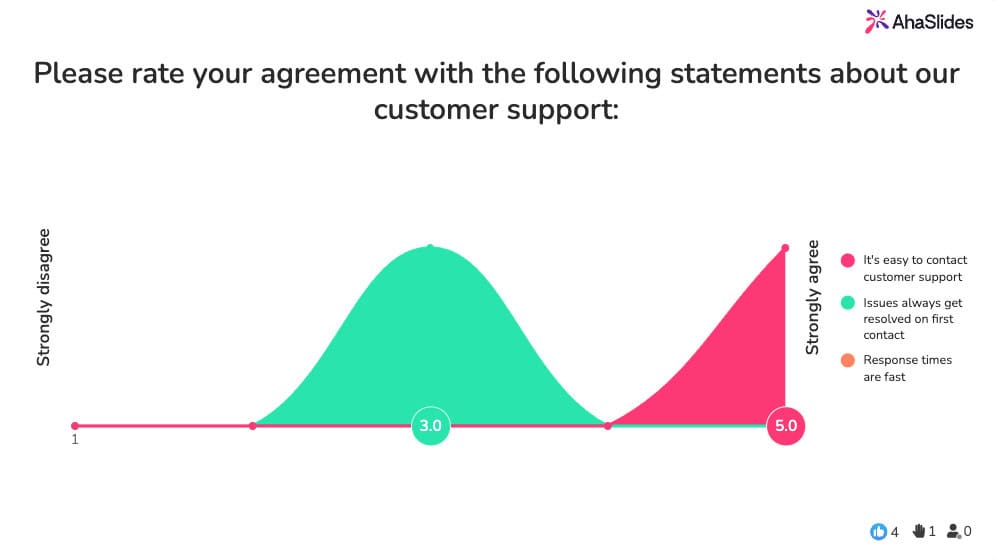
7. Perguntas de classificação
- Propósito: Compreender a ordem de prioridade e a importância relativa
- Melhor para: Priorização de recursos, ordenação de preferências, alocação de recursos
- Limitações: A complexidade cognitiva aumenta com as opções
Exemplo: Classifique os seguintes recursos em ordem de importância (1 = mais importante, 5 = menos importante)
- Preço
- Qualidade
- Informação
- Velocidade de entrega
- Variedade de produto
Estratégias de otimização:
- Considere opções de classificação forçada vs. classificação parcial
- Limite de 5 a 7 opções para gerenciamento cognitivo
- Forneça instruções claras de classificação
8. Questões de Matriz/Grade
- Propósito: Colete classificações de vários itens de forma eficiente
- Destaques: Avaliação multiatributo, avaliação comparativa, eficiência de pesquisa
- Riscos Fadiga do respondente, comportamento de satisfação
Exemplo: Avalie sua satisfação com cada aspecto do nosso serviço
| Aspecto de serviço | Excelente | Bom | Média | Pobre | Muito pobre |
|---|---|---|---|---|---|
| Velocidade de serviço | ○ | ○ | ○ | ○ | ○ |
| Simpatia dos funcionários | ○ | ○ | ○ | ○ | ○ |
| Resolução do problema | ○ | ○ | ○ | ○ | ○ |
| Custo-benefício | ○ | ○ | ○ | ○ | ○ |
Melhores práticas:
- Mantenha as tabelas matriciais em 7x7 (itens x pontos de escala)
- Use direções de escala consistentes
- Considere randomizar a ordem dos itens para evitar viés
9. Perguntas baseadas em imagens
- Propósito: Teste de preferência visual e reconhecimento de marca
- Destaques: Seleção de produtos, testes de design, avaliação de apelo visual
- Diferenciais: Maior engajamento, aplicabilidade intercultural
Exemplo: Qual design de site você acha mais atraente? [Imagem A] [Imagem B] [Imagem C] [Imagem D]
Considerações de implementação:
- Fornecer texto alternativo para acessibilidade
- Teste em diferentes dispositivos e tamanhos de tela
10. Perguntas Verdadeiro/Falso
- Propósito: Teste de conhecimento e avaliação de crenças
- Destaques: Avaliação educacional, verificação de fatos, pesquisa de opinião
- Considerações: 50% de chance de adivinhação correta
Exemplo: As pesquisas de satisfação do cliente devem ser enviadas dentro de 24 horas após a compra.
- a Verdadeira
- Falso
Técnicas de melhoria:
- Adicione a opção "Não sei" para reduzir as suposições
- Concentre-se em afirmações claramente verdadeiras ou falsas
- Evite absolutos como "sempre" ou "nunca"
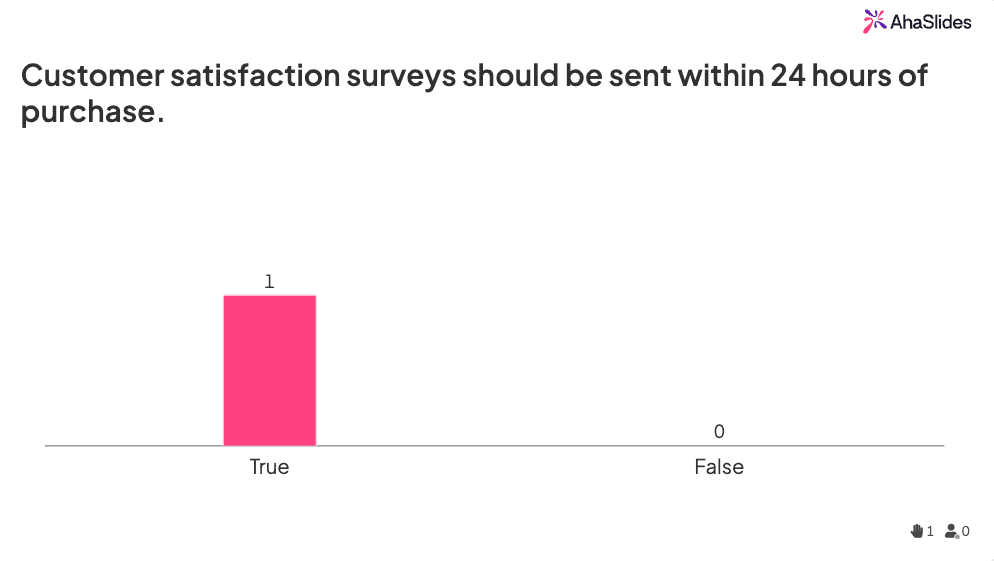
Bônus: Modelos de MCQs simples
Melhores práticas para criar perguntas de múltipla escolha eficazes
Criar questões de múltipla escolha de alta qualidade exige atenção sistemática aos princípios de design, procedimentos de teste e melhoria contínua com base em dados e feedback.
Escrevendo tópicos claros e eficazes
Precisão e clareza
- Use uma linguagem específica e inequívoca que não deixe espaço para interpretações errôneas
- Concentre-se em um único conceito ou ideia por pergunta
- Evite palavras desnecessárias que não contribuem para o significado
- Escreva em um nível de leitura apropriado para seu público-alvo
Caules completos e independentes
- Certifique-se de que o radical pode ser compreendido sem a leitura das opções
- Inclua todo o contexto e informações básicas necessárias
- Evite hastes que exigem conhecimento de opções específicas para serem compreendidas
- Faça da raiz um pensamento completo ou uma pergunta clara
Exemplo de comparação:
Caule pobre: "Marketing é:" Haste melhorada: "Qual definição descreve melhor o marketing digital?"
Caule pobre: "O que mais ajuda as empresas:" Haste melhorada: "Qual fator contribui mais significativamente para o sucesso de uma pequena empresa no primeiro ano?"
Desenvolvendo opções de alta qualidade
Estrutura homogênea
- Manter uma estrutura gramatical consistente em todas as opções
- Use frases paralelas e níveis de complexidade semelhantes
- Certifique-se de que todas as opções completem o caule adequadamente
- Evite misturar diferentes tipos de respostas (fatos, opiniões, exemplos)
Comprimento e detalhes apropriados
- Mantenha as opções aproximadamente semelhantes em comprimento para evitar fornecer dicas
- Inclua detalhes suficientes para maior clareza sem sobrecarregar
- Evite opções que sejam muito breves para serem significativas
- Equilibre a brevidade com as informações necessárias
Organização lógica
- Organize as opções em ordem lógica (alfabética, numérica, cronológica)
- Randomizar quando não existe ordem natural
- Evite padrões que possam fornecer pistas não intencionais
- Considere o impacto visual do layout da opção
Criando distrações eficazes
Plausibilidade e credibilidade
- Projetar distrações que possam ser razoavelmente corretas para alguém com conhecimento parcial
- Baseie opções incorretas em equívocos ou erros comuns
- Evite opções obviamente erradas ou ridículas
- Teste distrações com membros do público-alvo
Valor educacional
- Use distrações que revelem lacunas específicas de conhecimento
- Incluir opções de quase-acidentes que testam distinções sutis
- Crie opções que abordem diferentes aspectos do tópico
- Evite distrações puramente aleatórias ou não relacionadas
Evitando armadilhas comuns
- Evite dicas gramaticais que revelem a resposta correta
- Não use "todos os anteriores" ou "nenhum dos anteriores", a menos que seja estrategicamente necessário
- Evite termos absolutos como "sempre", "nunca", "apenas", que tornam as opções obviamente erradas
- Não inclua duas opções que significam essencialmente a mesma coisa
Como criar perguntas de múltipla escolha simples, mas eficazes
Enquetes de múltipla escolha são uma maneira simples de aprender sobre o público, coletar suas ideias e expressá-las em uma visualização significativa. Ao configurar uma enquete de múltipla escolha no AhaSlides, os participantes podem votar em seus dispositivos e os resultados são atualizados em tempo real.
É tão fácil quanto isso!
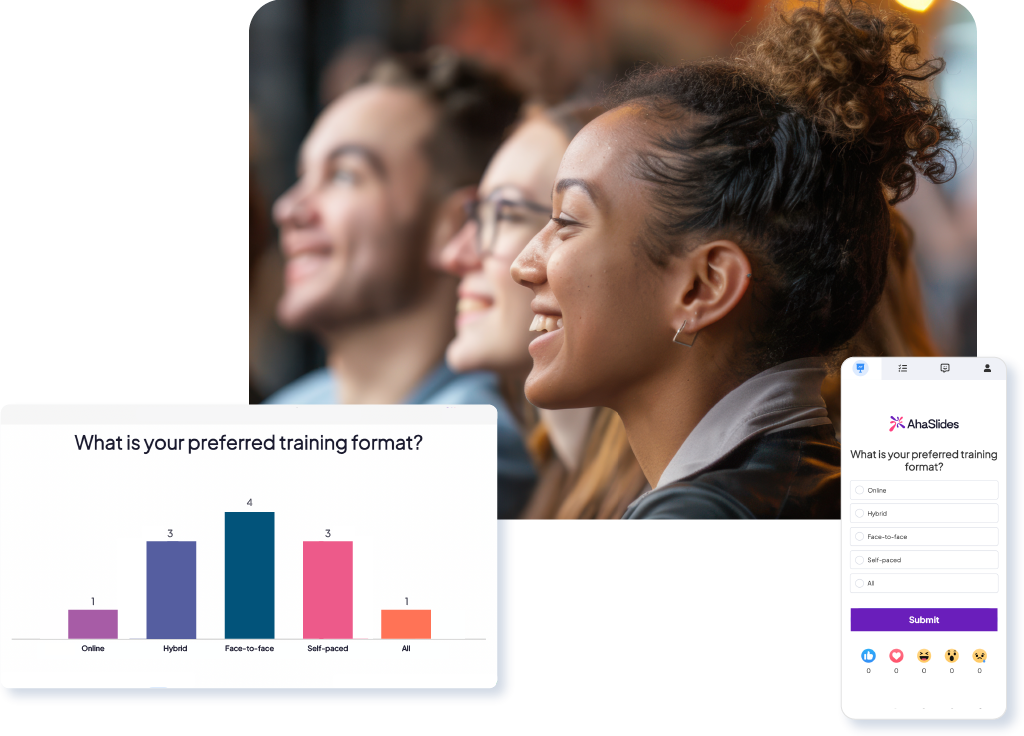
Na AhaSlides, temos muitas maneiras de incrementar sua apresentação e envolver e interagir com seu público. De slides de perguntas e respostas a nuvens de palavras e, claro, a possibilidade de fazer enquetes com seu público. Há muitas possibilidades esperando por você.
